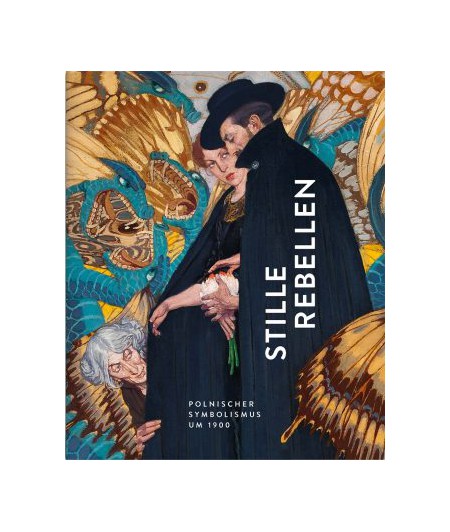Polish painting at the turn of the twentieth cebtury carries the beholder away to a world of myths and legends, dreamlike landscapes, ancient traditions and customs, and the depths of the human soul. In a nation without sovereignty-until its independence in 1918, Poland had been partitioned betweenthe Kingdom of Prussia as well as the Russian and the Austro-Hungarian Empires-a young generation of artists followed the call of a "silent rebelllion": it was about nothing less than the renewal of painting. With their works, they created what was lacking in the political arena: a common identity. Drawing inspiration from Polish history, culture, and the natural environment, they also looked outwards to the artistic centers of Munich, Paris, Saint Petersburg, and Vienna.
Presenting over one hundred and thirty important works from public and private collections, this volume sheds light on the blossoming of Polish art between 1890 and 1918, contextualizing it in the cultural, social, and political background of both Poland and Europe.
Malarstwo polskie przełomu XIX i XX wieku przenosi widza w świat mitów i legend, onirycznych pejzaży, dawnych tradycji i obyczajów oraz do głębi ludzkiej duszy. Należące do narodu pozbawionego suwerenności – do odzyskania niepodległości w 1918 roku Polska znajdowała się pod zaborami Prus, Rosji i Austro-Węgier – młode pokolenie artystów poszło za wezwaniem „cichego buntu”: chodziło o nic innego, jak o odnowę sztuki malarskiej. Swoimi pracami tworzyli to, czego brakowało na arenie politycznej: wspólną tożsamość. Czerpiąc inspirację z polskiej historii, kultury i przyrody, spoglądali także w stronę centrów artystycznych w Monachium, Paryżu, Petersburgu i Wiedniu.
Prezentując ponad sto trzydzieści ważnych dzieł z kolekcji publicznych i prywatnych, niniejszy tom ukazuje rozkwit sztuki polskiej w latach 1890–1918, osadzając ją w kontekście kulturowym, społecznym i politycznym zarówno Polski, jak i Europy.

Dodatkowe informacje
- Wydawnictwo: Hirmer Verlag GmbH
- ISBN: 978-3-7774-3856-6
- Rok wydania: 2022
- Oprawa: twarda
- Format: 240 x 290
- Liczba stron: 300
- Wersja językowa: angielska
Silent Rebels. Polish Symbolism around 1900

